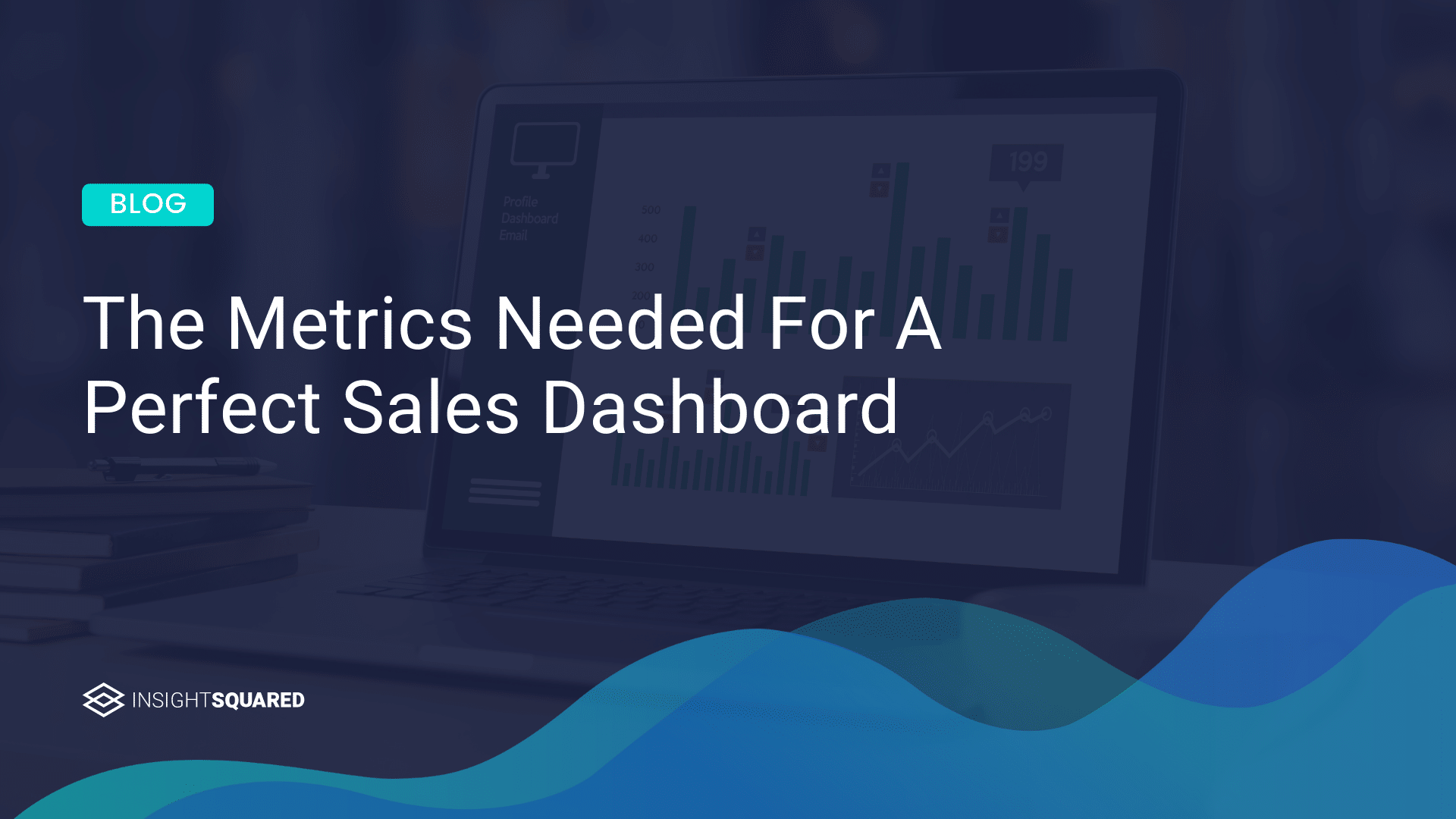Looking to jumpstart your RevOps initiative? Here are three keys to ensuring you’re on the right track.
-
Where does RevOps report into:
CRO? COO? Head of Sales? Where exactly does RevOps report up to?
According to Jen Igartua, Chief Services Officer, GoNimbly, the reporting structure can be flexible. However, in order to set your RevOps organization for success, it’s critical to ensure leadership has a cross-functional view of not only the sales process but every function involved in revenue creation.
A head of sales prioritizes deals. A head of marketing is focused on MQLs. When it comes to RevOps, you want someone with a broader perspective—someone who acts as the conductor in an orchestra. Someone who will control the tempo, spot weaknesses and make adjustments to ensure every instrument works together seamlessly.
Of course you can’t run an orchestra with only the conductor—you need the whole crew to commit to working together. That’s why building your RevOps function starts with an organizational mentality shared by all employees. In fact, many successful RevOps organizations do not have a dedicated title or even a separate team. Everyone simply thinks and acts RevOps.
-
RevOps as a mindset
RevOps is not a new concept. But if you are only looking at it as a strategy to drive growth, you’re missing out on the majority of it.
RevOps can solve many problems, but one of its top benefits is the ability to turn your organization from reactive to proactive. Investing in your RevOps function is akin to building for the future—you want the agility to make quick, effective process improvements. For it to work sustainably, you need to turn RevOps into a mindset, an organizational culture of sort.
RevOps starts with having your employees committed to driving incremental changes every day.
Learn the fundamentals of a RevOps organization in this ebook, RevOps By Role, or watch our webinars, 5 Steps to Fuel Your RevOps Revolution
There is no one-stop-shop for RevOps. No magic bullet to implement a RevOps function. However, tools can help smooth the hand-off between function, share data and resources, and facilitate cross-functional communication. But regardless of the tools, people or processes—RevOps can only work if everyone is speaking the same language: the language of customer experience and revenue.
Think about how you learn a language. You listen to the sound, match it with a meaning, replicate it, and then start using it in your own context. Implementing a RevOps culture in your organization goes the same way.
- First gain visibility into each function. Have your teams shadow and get to know each other, especially the siloed teams. This is the most important step in establishing a RevOps culture.
- Ensure team members understand how different resources work together to advance a deal.
- Get rid of those “updates” meetings and replace them with “action” meetings in which cross-functional teams work out points of success or adjustments together.
- Don’t slow down after one success. Make it a perpetual process with revenue as the north star of all activities.
3. Helpful Tools to Jumpstart your RevOps journey.
Roadmap:
A roadmap is powerful in communicating vision and prioritization across teams. Think of it as a statement of intent that every team member can refer to for guidelines at any point during the sales process. Some roadmaps do’s and don’ts:
- DO make sure everyone can read and follow the roadmap, not just your team. Use mutually understandable language. No jargon or hard acronyms.
- DO use your roadmap as a tool for prioritization. There will always be another interesting idea to test, or cool insights to implement during the sales process. Refer to the roadmap to determine when to say no.
- DON’T turn your roadmap to a to-do-list, not even a project plan. The intent of the roadmap is to shift your teams to a healthy balance of reactive, day-to-day tasks and strategic initials. Don’t fall back into that rabbit hole of checking items off your list.
RevOps Framework:
Many companies adopt a four-step approach to building a RevOps function. With the right questions to ask, RevOps leaders can find out where they stand on journey to RevOps and which particular steps to advance.
-
Data: Know exactly what is going on in your business.
RevOps requires an end-to-end view of customer experience, grounded in comprehensive, common data and KPIs. To do this effectively, you’ll want to understand all touchpoints, which is best accomplished by automating Activity Capture to reduce the burden of manual entry (more time for reps to sell!) and remove rep bias in activity reporting.
2. Insights: Know exactly what to do about it.
High quality data will allow you to generate deep insights. With a complete view of what is happening across the customer journey and how each department is contributing, sales leaders can assess the health of your pipeline. Activity data can help you go beyond funnel progression and goal mapping to tie activities to outcomes.
3. Actions: Know exactly how to make that happen.
Insights alone will not help move deals forward, speed up the sales cycle, eliminate risks or fix broken processes. They show you where the problems are, not the solutions to those problems. Being able to take quick Actions on your Insights helps turn your organization from reactive to proactive mode.
4. Optimization: Know exactly what to try next.
Building a RevOps culture does not stop at the end of a quarter when you meet or exceed your goals. The B2B customer journey is always changing, which means your sales strategy needs to be ready to adapt just as quickly.
InsightSquared’s RevOps checklist provides you with detailed questions to ask and action items for each stage of the RevOps journey. Download it here, or check out our webinars for a detailed walkthrough of how to establish a successful RevOps function.



